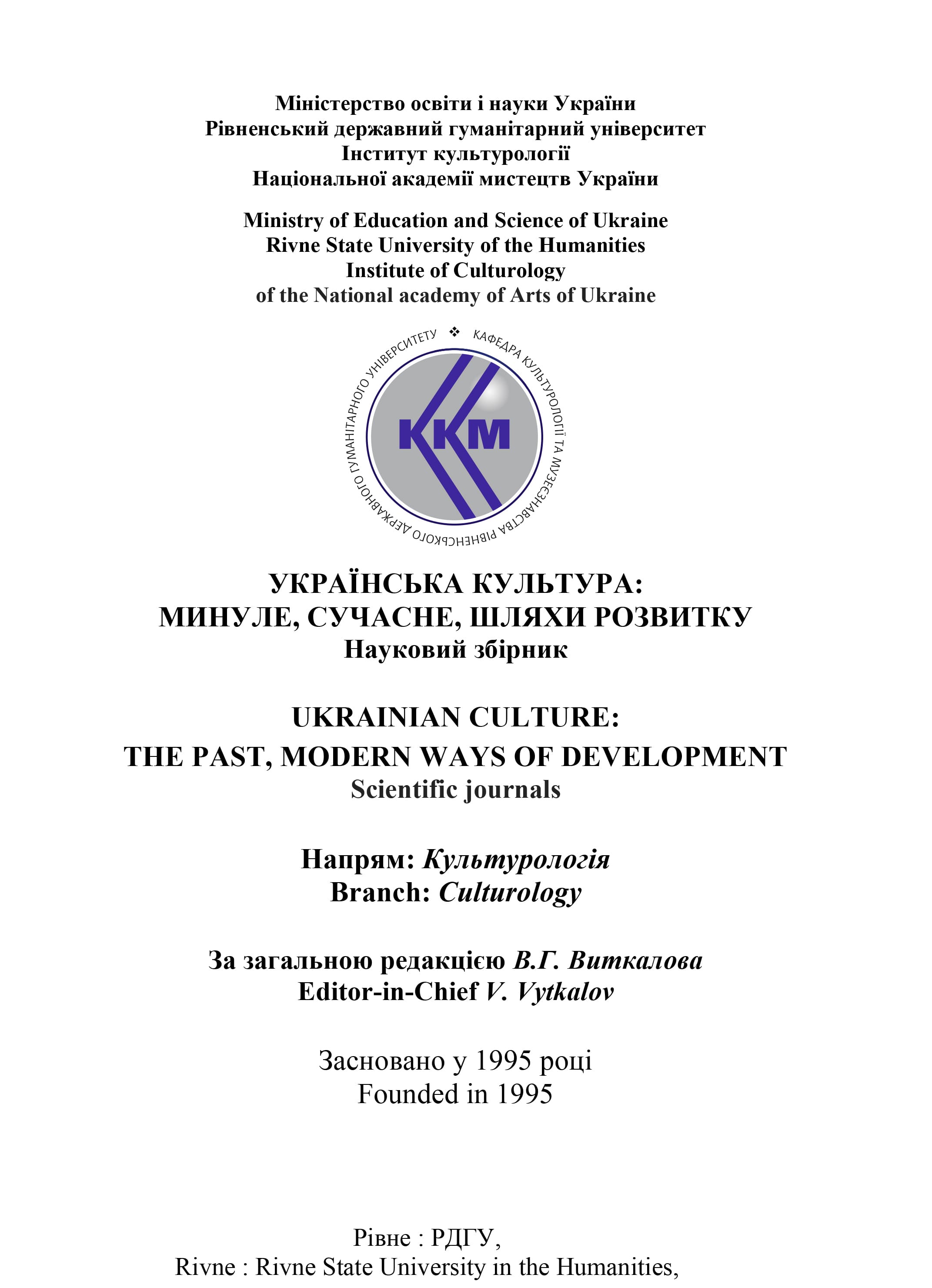PHENOMENON OF WOMEN'S ART SCULPTRESS PROPERZIA DE ROSSI IN THE CINQUECENTO CULTURE IN BOLOGNA
DOI:
https://doi.org/10.35619/ucpmk.v39i.489Keywords:
Properzia de Rossi, sculptress, miniaturist, engraver, Italian culture, female sculptor, Renaissance, Cinquecento, M. Raimondi, Raphael, Michelangelo, A. Lombardi, N. Tribolo, A. Galeazzo Malvasia, G. Vasari, Grassi coat of arms, bas-relief, Basilica of San Petronio, Church of Santa Maria del Baraccano, Palazzo Salina – Amorini – Bolognini.Abstract
On the basis of the anthropocentric approach to the analysis of visual self-presentations of Properzia de Rossi in the works of sculpture, which are also the means of cognition the essence of the personality, artistic creativity is presented as a phenomenon of Cinquecento culture in Bologna. The study not only provides information about the «author's personality» of the sculptress Properzia de Rossi of Bologna, but also give the understanding of the stereotypes of society of a certain historical era. When writing the article, a set of methods of historical research was used: biographical, historical-chronological, historical-comparative. Iconographic and iconological methods are added to them. Scientific novelty lies in the author's methodology of analysis of works of visual (fine) arts in terms of anthropocentric approach, as well as in the genesis and iconography of the works of Properzia de Rossi in the style of Marcantonio Raimondi, Raphael, Michelangelo, which were generating new cultural reality. The author of the article denies the common stereotype about the secondary nature of art created by women. It is established that the socialization of a female sculptor in the Cinquecento culture in Bologna was more difficult than a man. The cultural development of Bologna and women artists were significantly influenced by the University of Bologna (1088 year), where women were allowed to study. It turned out that a nun in a convent or the artist's daughter in her father's studio could have been more successful in the artist's profession. At home, the woman was allowed to take drawing, painting and carving lessons, but when it became her profession, she needed marketing, commercialization of her art, looking for clients and patrons among the nobility, overcoming their skepticism and getting paid less than male artists. The works of the Italian sculptress Properzia de Rossi embodied the philosophy of her women's art related to religious themes. The social status of Properzia de Rossi, an outstanding sculptress, artist, talented miniaturist and engraver, increased and came to the social status of the humanistic intellectuals than to the artisan of the Cinquecento culture in Bologna.




